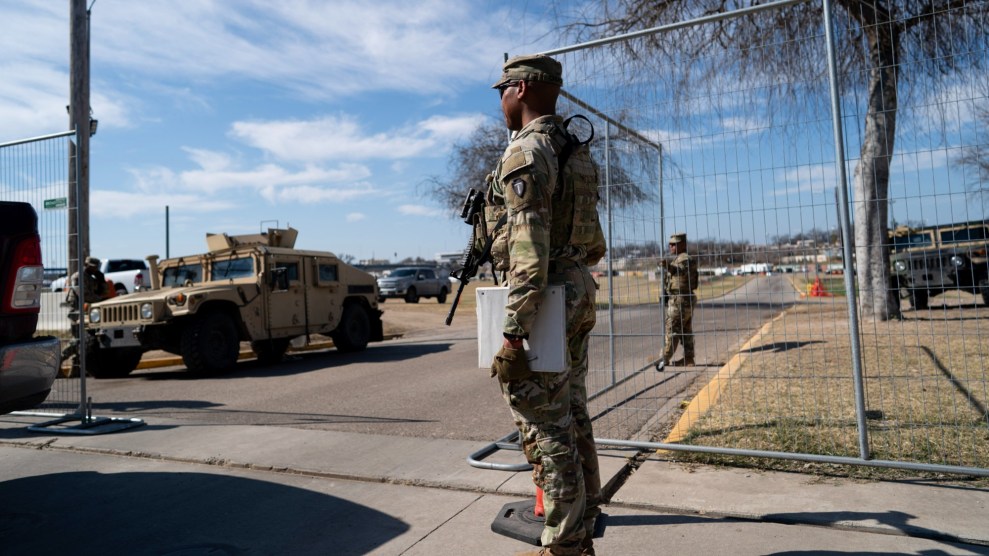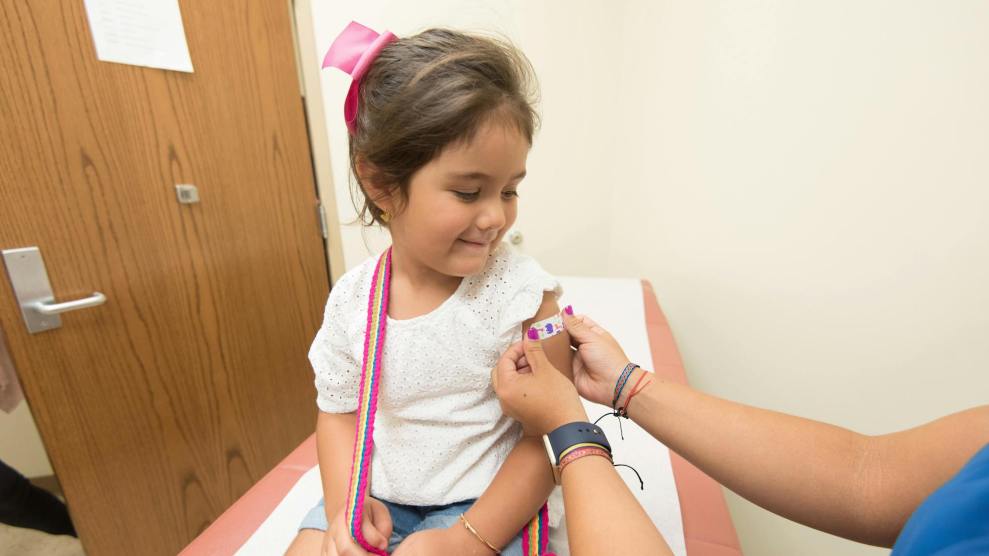The once-permissive society of yesteryear—the one captured on black-and-white celluloid, in which attractive movie stars puff unfiltered cigarettes and shoot their whiskey straight—has been replaced by a world of worrywarts. Yeah, okay. . . We all know that smoking and drinking can kill you. So can bird flu, AIDS, car crashes, and al Qaeda. Hell, add falling pianos to the list. But now comes word of the latest threat: fat friends. According to the results of a study to be published tomorrow in the New England Journal of Medicine, people with obese friends are at a much elevated risk of becoming obese themselves. The study, which analyzed health records collected between 1971 and 2003 on 12,067 adults, enabled researchers to create detailed maps of obesity, linking wives to husbands, brothers to brothers, and friends to friends. From today’s front-page Washington Post story on the study:
The researchers found that when one spouse became obese, the other was 37 percent more likely to do so in the next two to four years, compared with other couples. If a man became obese, his brother’s risk rose by 40 percent.
The risk climbed even more sharply among friends — between 57 and 171 percent, depending on whether they considered each other mutual friends. Moreover, friends affected friends’ risk even when they lived far apart, and the influence cascaded through three degrees of separation before petering out, the researchers found…
Sophisticated statistical analyses revealed distinct groupings of thin and heavy individuals, and found that siblings and spouses had less influence than friends, supporting the idea that the study’s findings were not the result of people eating the same food, engaging in the same activities or sharing genes.
And though environmental factors such as living in neighborhoods with lots of fast-food restaurants and no good grocery stores or sidewalks probably play a role, the researchers found no effect among neighbors unless they were friends, and being friends had an effect, regardless of whether they lived nearby. That ruled out common surroundings as explanations for the findings, the team said.
Scientists are hailing the study as “brilliant” and “groundbreaking.” Maybe it is. Its use of social networks to track obesity as if it were a virus is pretty cool. But, as people learn about the study, it makes you wonder how they will relate to their overweight friends. According to the Post:
The researchers cautioned that people should not sever relationships with friends who have gained weight or stigmatize obese people, noting that close friendships have many positive health effects. But the results do support forming relationships with people who have healthful lifestyles.















